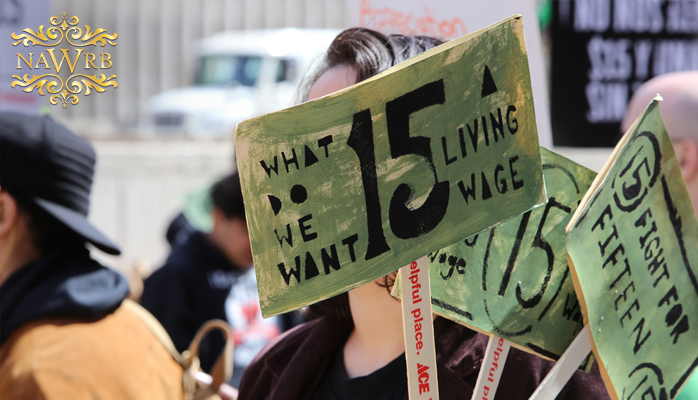Just as it is a good time to be an American consumer, it may soon be an increasingly better time to be an American low-income worker.
Two years ago, the ground-breaking Fight for 15 campaign launched with the objective of raising minimum wage to $15 an hour. Today, just a couple of years after its origin, the campaign has had widespread success: Los Angeles, New York, Seattle and San Francisco have all enacted a $15 minimum wage, and Chicago and Kansas City a $13 one.
In Berkeley, which has a $10 minimum wage set to increase to $11 on October 1, a proposal has been passed to raise the city’s minimum wage to $19 per hour. Exceedingly controversial and undoubtedly ambitious, this proposed increase would be a major help to the city’s low-income workers.
The efforts to improve the wages of America’s workers are not unique to minimum wage earners. Recently, the Department of Labor (DOL) released a Notice of Proposed Rulemaking (NPRM) that would help five million white collar workers. With the proposed rule, the salary threshold for employees eligible for overtime pay would increase from $23,660 to $50,440 in 2016 and be updated every year. Previously, employees could be placed on salary at $23,660 and subsequently be ineligible for overtime pay, but the rule intends to either secure overtime pay for these workers or increase their yearly salary to $50,440.
These income developments have a profound effect on employees and the businesses that employ them. Higher wages is an unequivocal benefit for workers; for businesses, however, the climb in pay proves much more complicated.
Large corporations may be unable to maintain increased wages for their workforce and have to downsize, meaning fewer jobs for America’s workers. Similarly, small businesses, which are already prone to modest financial flexibility, may find themselves unable to pay their workers increased wages. This could have several effects including cutbacks on hours, workers and even business performance.
As with everything, there are two sides to the story of wage increases. Can a happy balance be found, or is this a catch-22 situation? Please let us know your thoughts by commenting below or emailing media@www.nawrb.com.

 Login
Login

